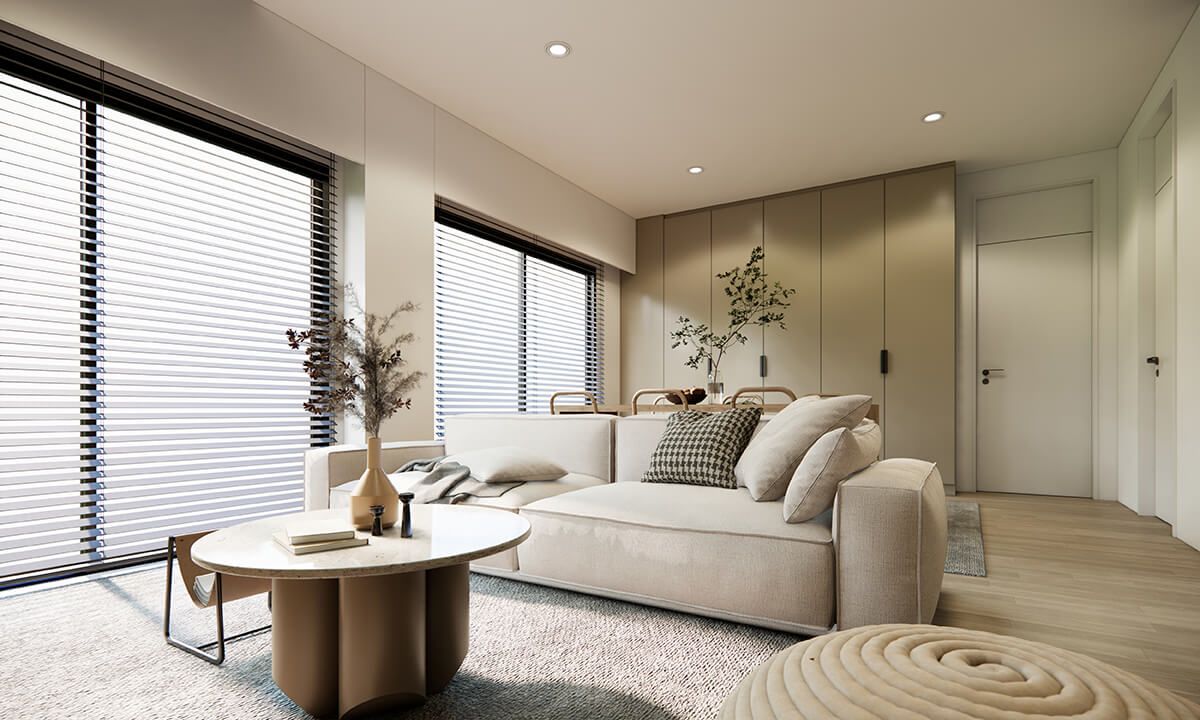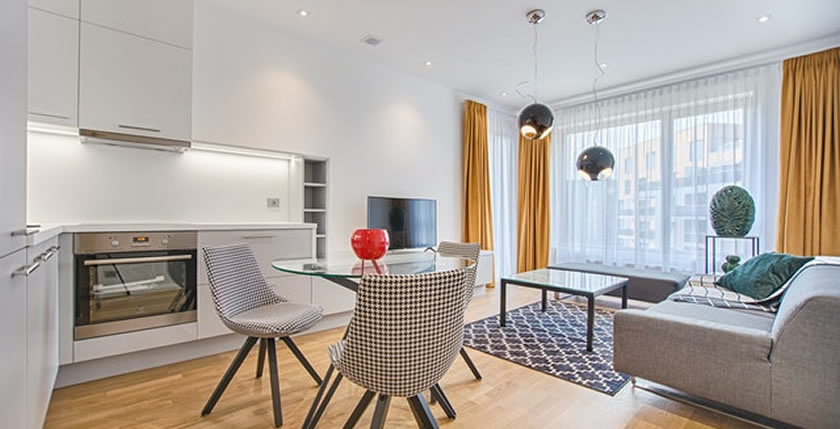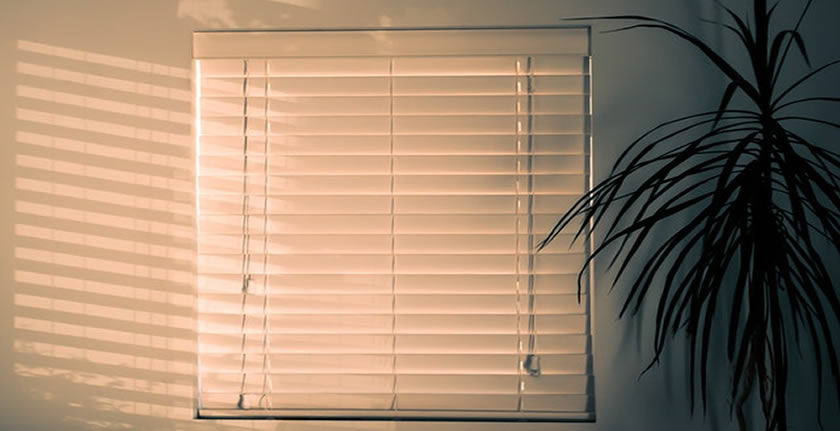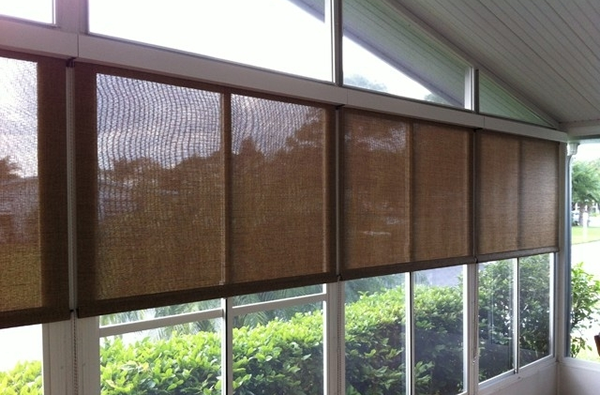The Complete Guide to Window Treatment Maintenance and Care: Cleaning Cellular Shades
Window treatments serve as both functional and decorative elements in our homes, enhancing privacy, controlling light, and adding style to our living spaces. Among the diverse array of window treatment options available from Peachtree Blinds of Atlanta, cellular shades stand out for their versatility, energy efficiency, and modern aesthetic. However, like any household fixture, cellular shades require regular maintenance and care to ensure their longevity and optimal performance. In this comprehensive guide, we’ll delve into the essential steps and best practices for cleaning cellular shades, helping you preserve their beauty and functionality for years to come.
Understanding Cellular Shades:
Before diving into the cleaning process, it’s helpful to understand the construction and materials of cellular shades. Also known as honeycomb shades, these window coverings feature a unique cellular design that traps air within individual cells, providing insulation and energy efficiency. Cellular shades are typically made from fabric or paper-like materials, with various opacity levels to control light and privacy.
Cleaning Tools and Supplies:
Before you begin cleaning your cellular shades, gather the necessary tools and supplies to ensure a thorough and effective cleaning process. Here’s what you’ll need:
- Soft brush or feather duster
- Vacuum cleaner with a brush attachment
- Mild detergent or fabric cleaner
- Lukewarm water
- Microfiber cloth or sponge
- Bucket or basin
Step-by-Step Cleaning Process:
Now that you have your cleaning supplies assembled, let’s walk through the step-by-step process for cleaning your cellular shades:
 Dust Removal:
Dust Removal:
Start by gently dusting the surface of the cellular shades with a soft brush or feather duster. Work from the top of the shades downwards, using light, sweeping motions to remove dust and debris from the cells. Alternatively, you can use a vacuum cleaner with a brush attachment to gently suction away dust and dirt from the shades. Be sure to use a low suction setting to avoid damaging the fabric or paper material.
Spot Cleaning:
For stubborn stains or spots on the cellular shades, spot clean the affected areas with a mixture of mild detergent or fabric cleaner and lukewarm water. Dampen a microfiber cloth or sponge with the cleaning solution, then gently blot the stain, working from the outer edges towards the center to prevent spreading. Avoid using harsh chemicals or abrasive cleaners, as they may damage the fabric or compromise the integrity of the cellular design.
Rinsing and Drying:
After spot cleaning, rinse the area with clean water to remove any soap residue or cleaning solution. Use a clean, dry microfiber cloth to blot and absorb excess moisture from the shades. Allow the shades to air dry completely before raising or lowering them.
Regular Maintenance:
In addition to periodic deep cleaning, incorporate regular maintenance practices to keep your cellular shades looking their best. Dust the shades with a soft brush or vacuum attachment at least once a month to prevent the buildup of dust and debris. Avoid exposing cellular shades to excessive moisture or humidity, as this can lead to mold or mildew growth.
Additional Tips and Considerations:
 Test any cleaning solution or spot treatment on a small, inconspicuous area of the cellular shades before applying it to the entire surface. Always follow the manufacturer’s instructions and recommendations for cleaning and care to avoid voiding any warranties. If you’re unsure about cleaning your cellular shades yourself, consider hiring a professional window treatment cleaner or contacting the manufacturer for guidance.
Test any cleaning solution or spot treatment on a small, inconspicuous area of the cellular shades before applying it to the entire surface. Always follow the manufacturer’s instructions and recommendations for cleaning and care to avoid voiding any warranties. If you’re unsure about cleaning your cellular shades yourself, consider hiring a professional window treatment cleaner or contacting the manufacturer for guidance.
Proper maintenance and care are essential for preserving the beauty, functionality, and longevity of your cellular shades. By following the steps outlined in this guide and incorporating regular cleaning practices into your household routine, you can ensure that your cellular shades remain looking their best for years to come. With a little time and effort invested in cleaning and care, your cellular shades will continue to provide energy efficiency, light control, and style to your Atlanta home’s windows.
Photos:
Cellular shade image by Astibuk
Feather duster image by Beverly Buckley from Pixabay
Blue blind photo by Max Rahubovskiy




















 This weeks installation took place in Chateau Elan in Braselton, Georgia. Keeping with today’s theme of “Farmhouse Plus”, these 100% linen panels are the perfect finishing touch. Manufactured by
This weeks installation took place in Chateau Elan in Braselton, Georgia. Keeping with today’s theme of “Farmhouse Plus”, these 100% linen panels are the perfect finishing touch. Manufactured by 


